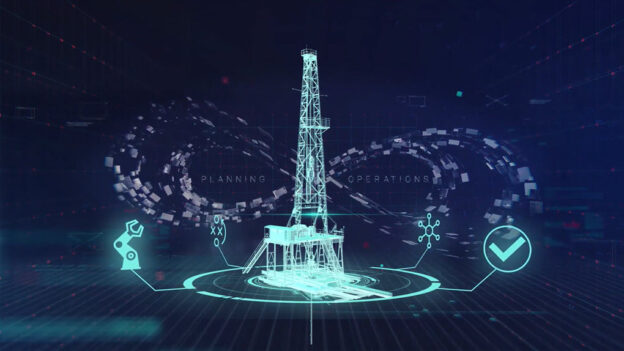Digital space has undoubtedly brought humanity to a new level of existence, as we can now perform most activities without getting up from our chairs. Nevertheless, the global network contains many dangers that can compromise information important to us and present us with many problems. This threat is more serious for businesses than ever, which is why companies choose a virtual data room to store and securely share sensitive data. But why should VDRs be trusted? Read more about data room software comparison in this article.
Why should businesses use a virtual data room?
Data is users’ most valuable asset, which means it’s also worthwhile to cyber criminals, as they can use it to make a fortune through blackmail, extortion, and black market sales of sensitive data. At the same time, when companies encounter data breaches, it hits them on all fronts: the loss of large sums of money, reputation, customers, and potential partners, as well as lawsuits and non-competitiveness in the market.
That’s why cybersecurity should be of paramount importance to companies because it helps businesses continue to grow and develop, transact digitally, and save time and effort. Virtual data rooms have become indispensable tools for storing and sharing sensitive data during various business processes. Thousands of companies of different sizes and industries are now using these solutions. For example, VDRs can provide all the necessary facilities for mergers and acquisitions, fundraisers, IPOs, and other complex operations.
Features of VDRs that make it safe
A key feature of virtual data rooms is that they are licensed solutions. VDRs provide international security certifications that guarantee only current and best practices for protecting your data. The main security features most commonly used by Best Virtual Data Room Solutions are:
- Previous encryption methods
Encryption is the process of encoding the contents of a document during storage and transmission over cloud storage. Thanks to this feature, an unauthorized users will never see anything they shouldn’t see.
- Document restriction permissions and settings
Data rooms allow administrators full control over what other users do with documents. You can block copying, editing, printing, uploading, and forwarding of the paper, depending on the role and responsibilities of the user. Another advantage of these permissions is their granularity because you can also prohibit partial visibility and screenshot of a document. Your data will be safer if you know who has what permissions.
- Digital Watermark
You will have to give some users more advanced actions with a document during various business processes than others. To ensure data protection, even in this position – there are watermarks. They allow you to track who did what to a document, which protects against leaks.
- Two-factor authentication
VDR login is also secure with advanced authentication methods. Dual authentication requires the user to enter additional information to identify themselves accurately. This can be a one-time code, the mother’s maiden name, or something else. A normal password can be compromised even if it is secure enough, but with additional security, the chance of unauthorized entry is much lower.
- Audit Logs
These logs provide administrators with detailed analytics of all activities within the VDR. You can use them to find detailed information about each user.
- Customizable NDA
Before entering a room, users sign a non-disclosure agreement, and legal liability awaits them if they violate it.
- SSO
The SSO feature also protects the entry into the VDR system. Thanks to it, you can create a sophisticated login, put your account data just once, and use it while working on different projects.

